Hundreds Of Meteorites On Earth Traced Back To Same Origin Point
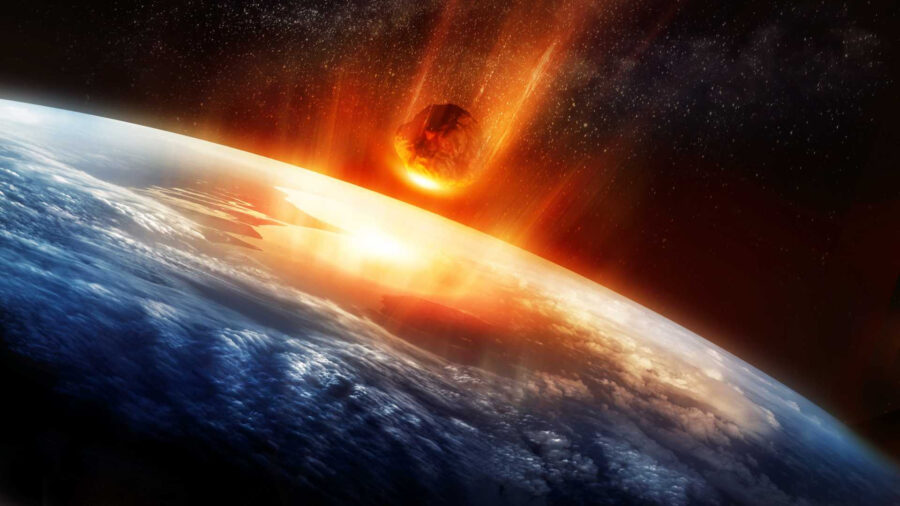
There are about 200 Martian meteorites found on Earth’s surface that have all been determined to originate from five impact craters on the surface of Mars. An improved understanding of the physics involved in propelling the rocks from Mars to Earth helped scientists at the University of Alberta to find the source of the meteorites.
In a study published in Science Advances, the origin of the meteorites found on Earth was deduced using the characteristics of the meteorites as well as models of the impacts that caused craters on the surface of Mars.
Rocks Expelled From The Surface Of Mars

Meteorites that are expelled from Mars through volcanic activity or impact to the surface of Mars are drawn towards the Sun by gravity and eventually strike Earth as meteors. Scientists discovered that a group of meteors found on Earth in the 1980s seemed to be composed of volcanic material, making Mars, the planet in our solar system with the most recent volcanic activity, the most likely source of the meteors. The Viking Landers gathered data analyzing the atmospheric gasses of Mars and compared it to gasses found in the meteorites found on Earth, confirming their origin.
Leave Behind Tell-Tale Craters
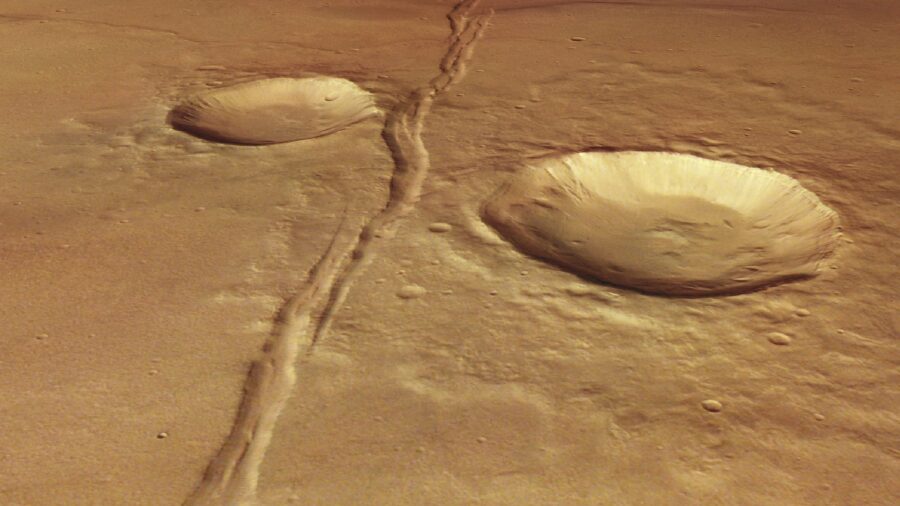
Improved modeling can narrow down the way that material was ejected from the planet’s surface and help identify the crater created by the dramatic geological event. The model measured the shock pressures that caused the meteors to leave Mars and helped narrow down the source of the meteorites on Earth. The characteristics of the rock are then compared to the characteristics of the source craters on Mars to further hone in on the meteorites’ origins.
Hundreds Of Meteorites Traced Back To Mars
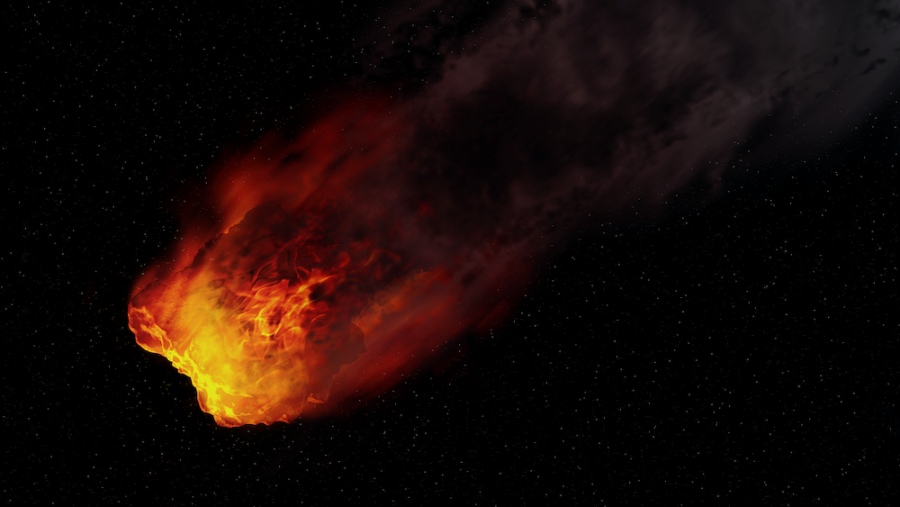
Ten groups of meteorites of Martian origin were found on Earth, and the new study successfully identified the sources of half of them. Rocks have been ejected from Mars’s surface about ten times in the recent geologic history of Mars, roughly in the last three billion years. The blast that propels rock from the surface of Mars with enough velocity to leave the planet’s orbit and travel through space also leaves a corresponding crater that can help to identify the source of the rock once it reaches Earth as a meteor.
A Mysterious Volcanic Event
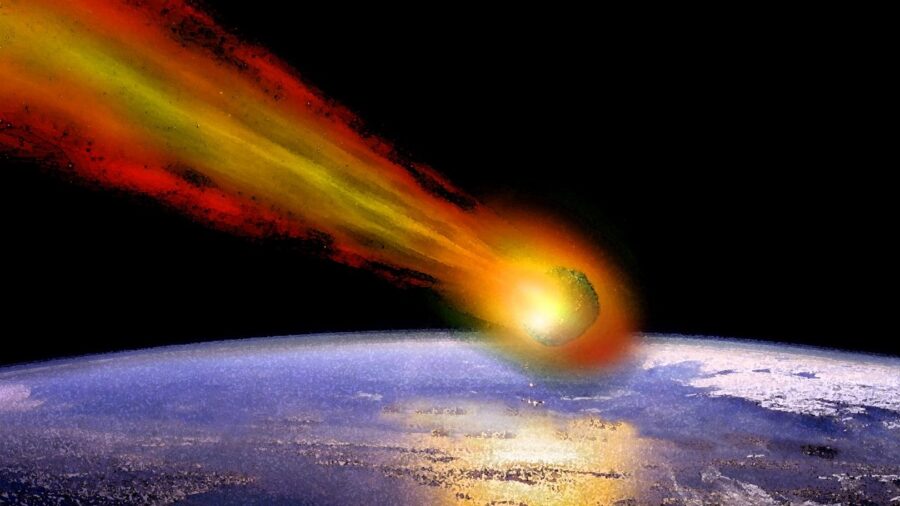
The volcanic event on Mars that propelled the meteorites into space has been a mystery to scientists because our ability to measure the geology of the planet has been historically limited. The period during which volcanic activity on Mars caused meteorites to form was about three billion years ago, during a period when meteors weren’t frequently striking our planet. This new way of pinpointing the origin of meteorites that made their way to Earth can improve our understanding of the geologic history of Mars, contributing to a fuller picture of our solar system.
Insight Into The Environment Of Mars
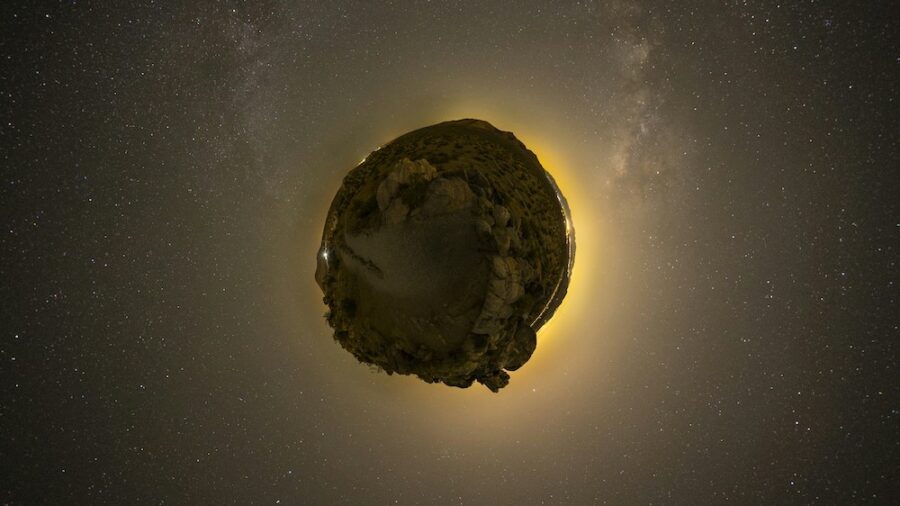
The study’s lead researcher, Christopher Herd, is optimistic that this new understanding of Martian geology will help to expand our knowledge of the Red Planet and unlock some of its mysteries. According to Herd, modeling the origin of the Martian meteorites combined with technological improvements in measuring elements of the surface of Mars could allow us to reconstruct the events that caused the craters and envision the terrain before the blast occurred. Mapping the stratigraphy of Mars could give scientists clues to the historic Martian environments over billions of years.













Login with Google